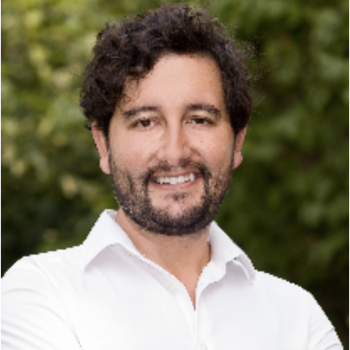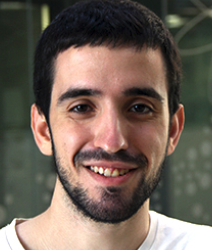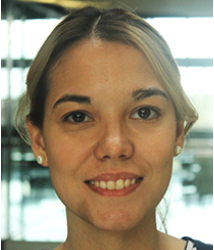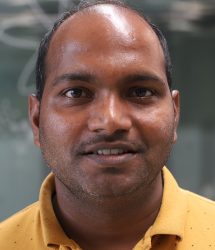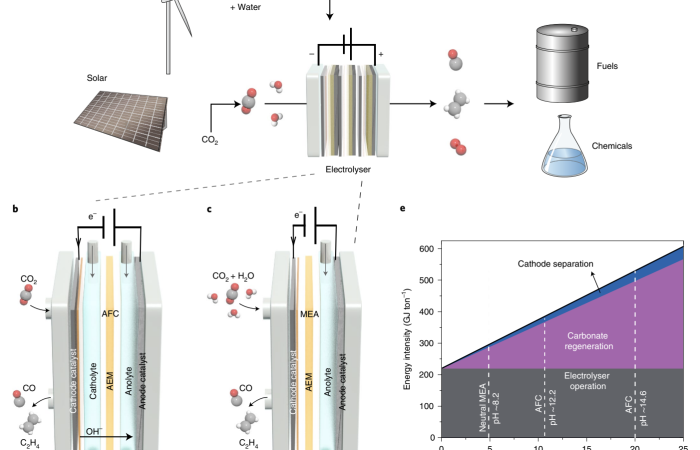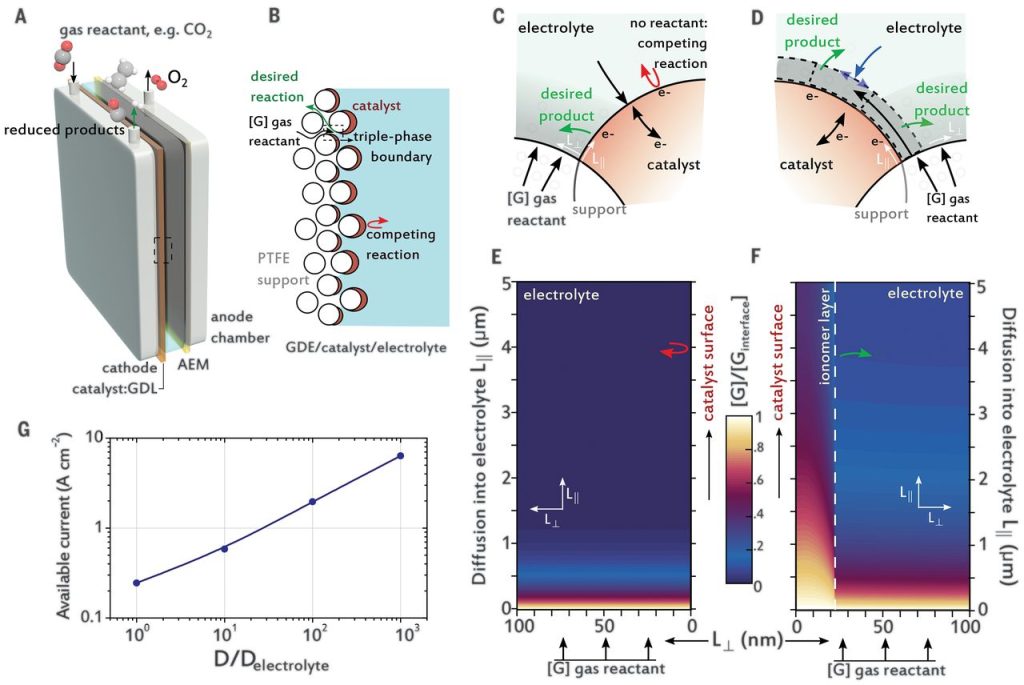OUR MISSION
We work to develop sustainable technologies to decarbonize our planet. Our efforts focus on the transformation of abundant and waste resources, such as CO2 , into widely used chemicals including fuels, chemical feedstock, and fertilizers. In doing so, we aim to contribute transform key global industries such as transport, manufacturing, and agriculture.
1| We design atomically structured catalysts and systems to drive electrochemical transformations.
2| We use light to study the mechanistic principles of these materials and supported reactions.
3| We leverage high-throughput screening methods and machine intelligence to accelerate catalytic materials discovery.
4| We implement these catalysts in scalable systems, pursuing applied advances at industrially relevant conditions.
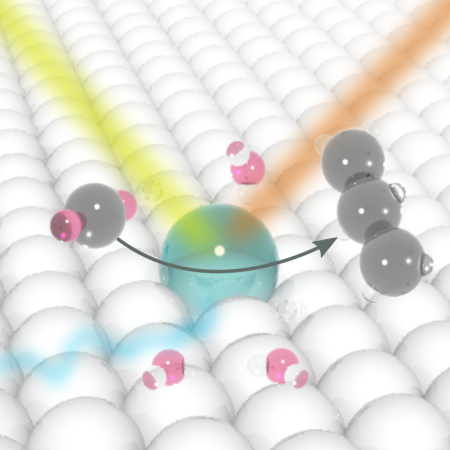
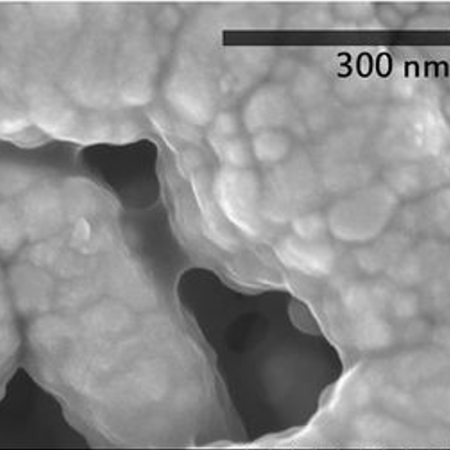
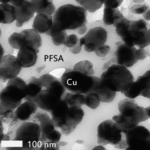
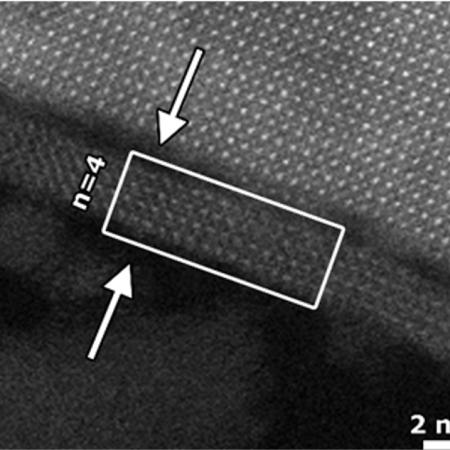
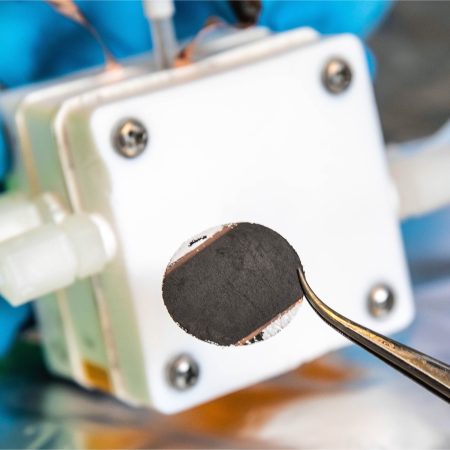
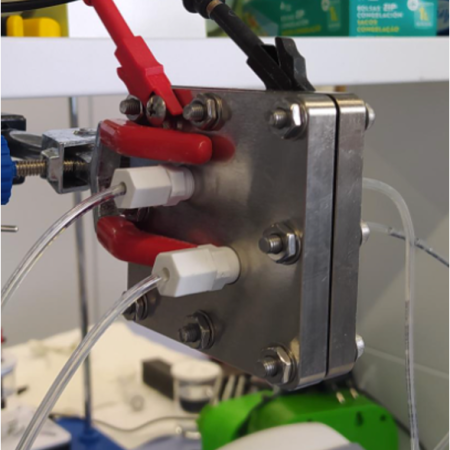
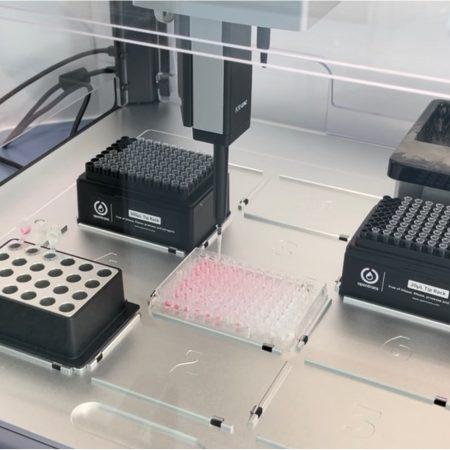
AREAS OF RESEARCH
Scalable technologies for CO2 Capture
CO2 electrolysis
Sustainable electrolysis systems
Emerging coupling electrolysis
Our labs are in the Barcelona area
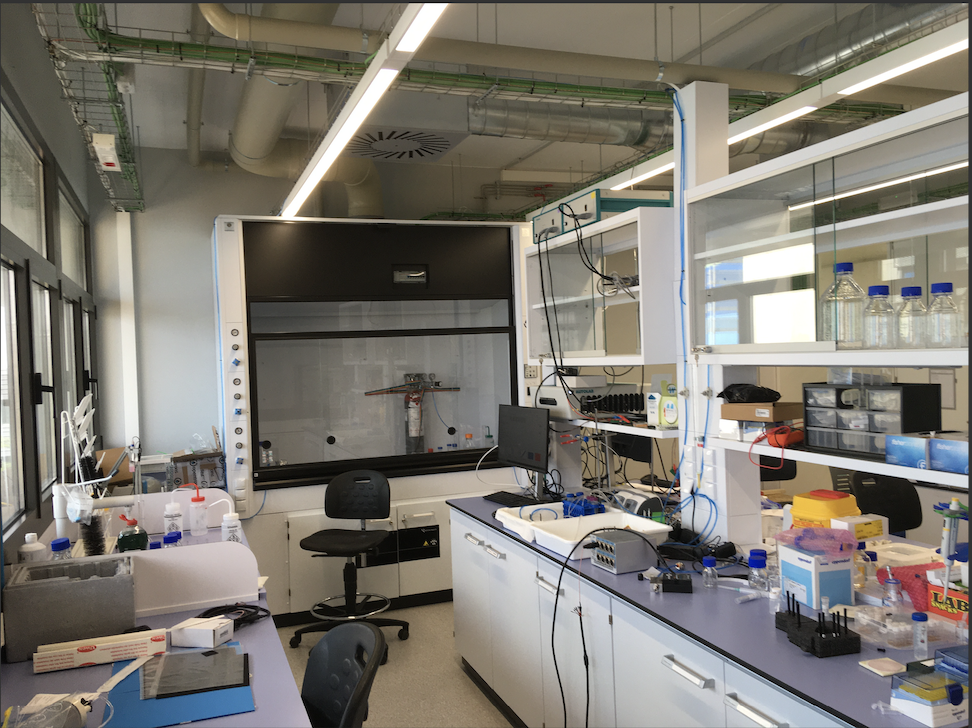
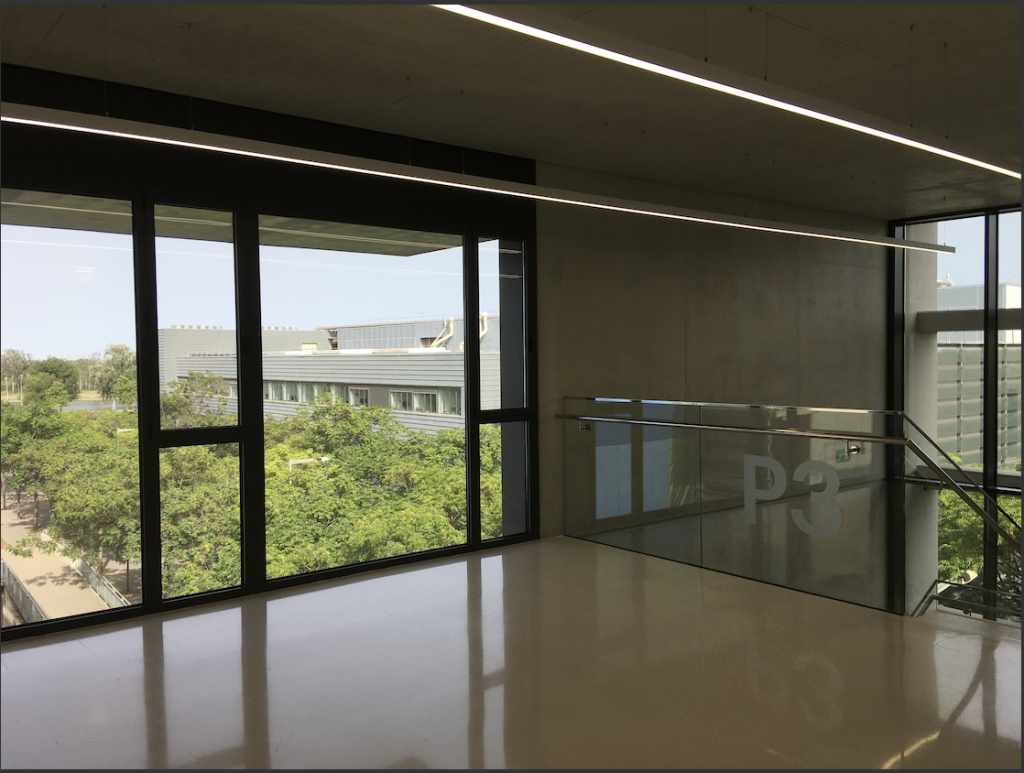
By the beach …
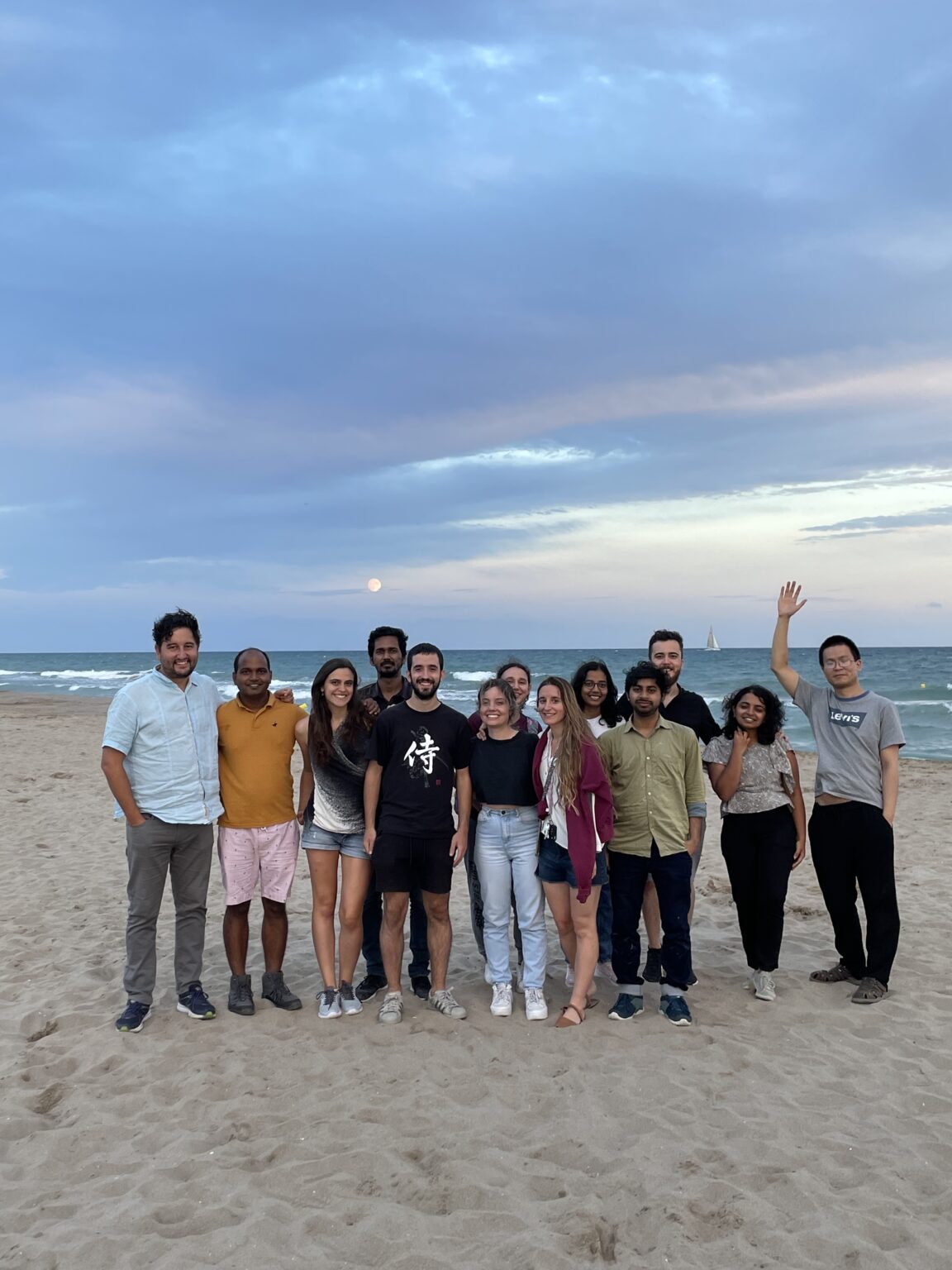
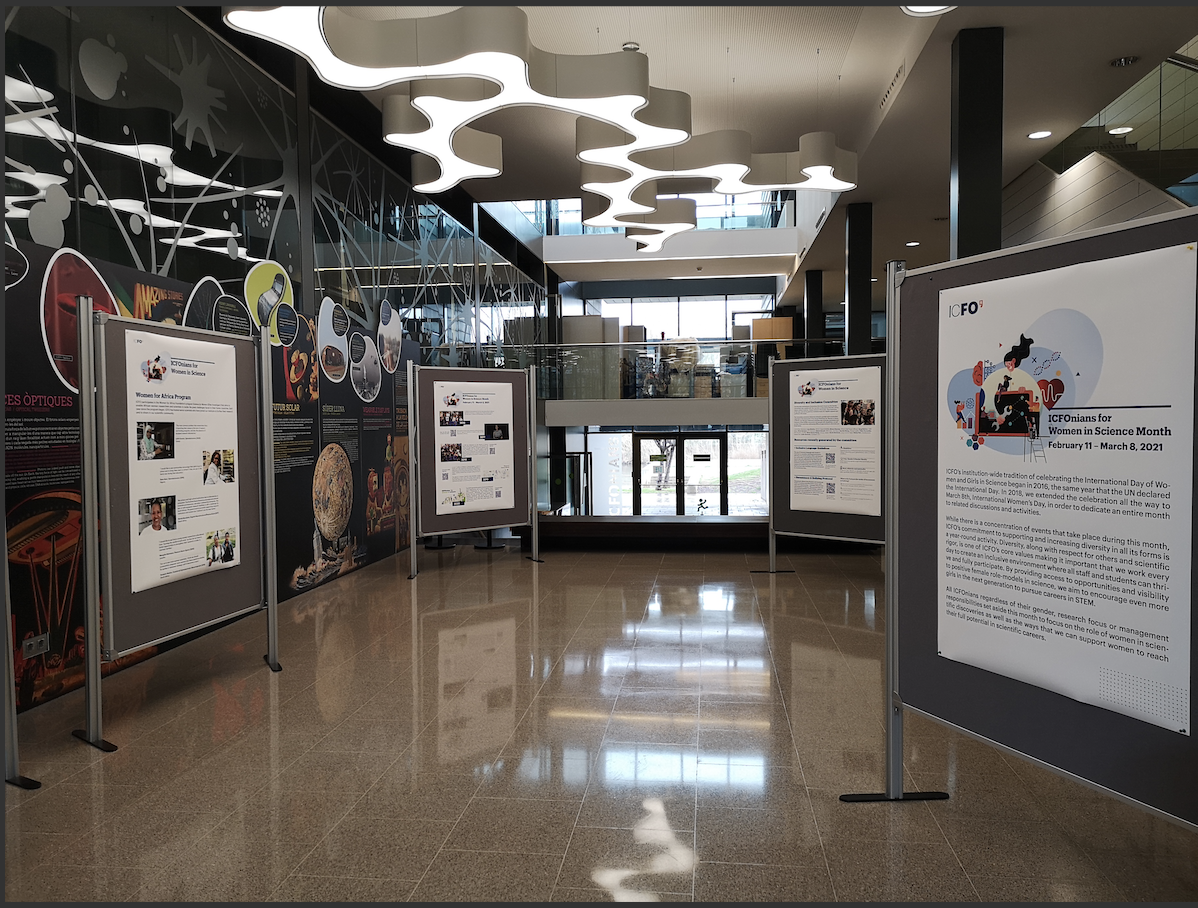
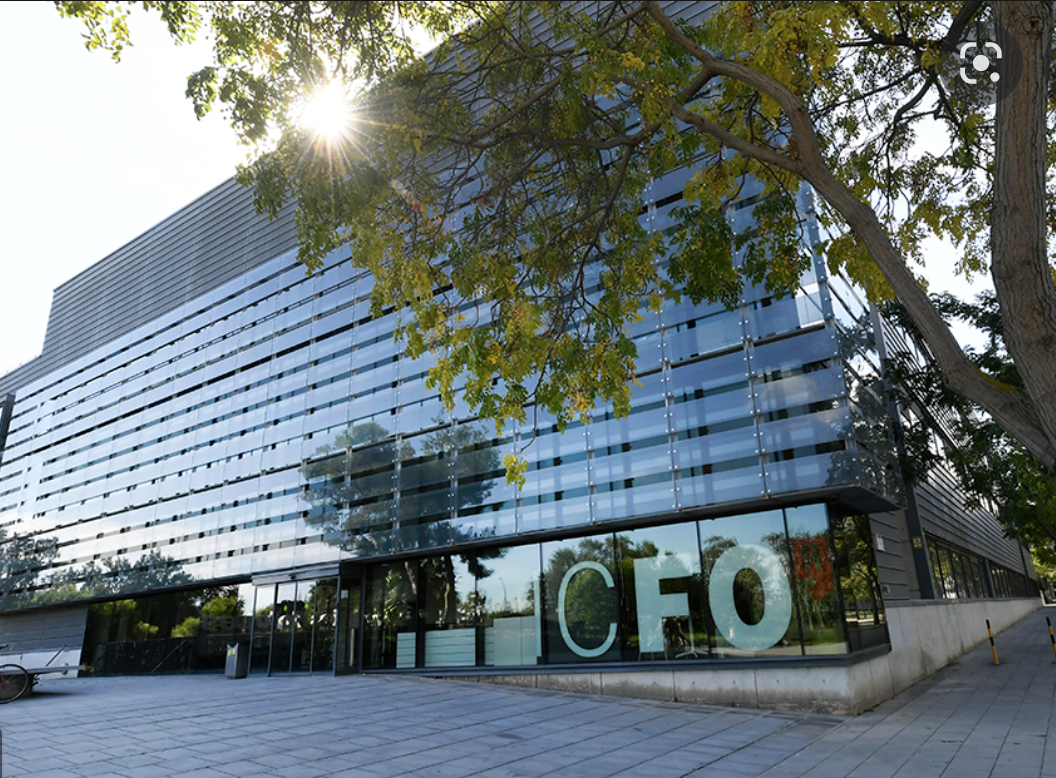
@ ICFO
Our team
Prof. Dr. F. Pelayo Garcia de Arquer
The group is led by Prof. García de Arquer. Prof. Arquer’s research spans the design and implementation of nanostructured materials for optoelectronic and energy applications. His works have resulted in important advances in the fields of sensing and light emission, photovoltaics, and water and CO2 electrolysis. He is passionate about training the next generation of scientists making impact on green technologies.
Blanca Belsa CarnÉ
AdriÁn Pinilla sÁnchez
Constanza Sansierra
Lu Xia
PhD Student
PhD Student
PhD Student
Post-Doc
RANIT RAM
Aparna Das
Dr. Barbara Burlini Polesso
DR. VIKTORIA GOLOVANOVA
PhD Student
PhD Student
Postdoc
Postdoc
DR. SUNIL KADAM
DR. anku guha
DIKSHA MITTAL
Postdoc
Postdoc
Master Student
Lab Alumni
Zach Toscanini, MSc (Engineer – Boston Area, USA)
Dr. Eman Ahmed, (Postdoctoral fellow – NRC, Egypt)
Adam Radek Martínez, (BSc Student @University of Toronto, Canada)
Joshua Arens (PhD Student @Stanford University, USA)
Luka Matic (Master Student @Ludwig-Maximilians-Universität, Germany)
Lara San Martín Suárez, BSc (PhD Student @Caltech, USA)
Andrea Rogolino, MSc (PhD student @Cambridge University, UK)
Papa-Kwakye Kwarteng (PhD Student @Cambridge University, UK)
Salma Zian Jamoldinova (Bachelor Student @UB, Spain)
Select Publications
Carbon-efficient carbon dioxide electrolysers
A Ozden, FP García de Arquer, JE Huang, J Wicks … – Nature Sustainability, 2022
Today the viability of CO2R technology is limited by carbonate formation via the reaction of reactant CO2 with hydroxides and the energy cost incurred to regenerate the reactant. In this Review, we analyse the literature on four emerging high single pass CO2 conversion approaches: CO2 regeneration from carbonate, CO2R in acidic media, cascade CO2R-COR and CO2R direct from a capture liquid. We analyse each system, describe the challenges associated with each pathway and outline future research directions towards the goal of ensuring that CO2R is viable and thus scalable.
CO2 electrolysis to multicarbon products at activities greater than 1A cm -2
FP de Arquer, Cao-Thang GinH, Adnan Ozden … – Science, 2020
One challenge for efficient electrochemical reduction of carbon dioxide (CO2) is that the gas is hydrophobic, but many of its desirable reactions require water (H2O). García de Arquer et al. addressed this problem by combining a copper electrocatalyst with an ionomer assembly that intersperses sulfonate-lined paths for the H2O with fluorocarbon channels for the CO2. The electrode architecture enables production of two-carbon products such as ethylene and ethanol at current densities just over an ampere per square centimeter.
A full list of publications can be viewed here
Social: fun stuff!
Visitor from TU DELFT
June 12th, 2022
ARQUER LAB REPRESENTATION IN GIRONA
May 21th, 2022
Lab lunch in Catalonian California
May 19th, 2022
Great seminar here at ICFO from H.P. Iglesias van Montfort (TU DELFT).
Two lab members presented their work at the University of Girona and spent the day in the beautiful city.
After eating milanesa and tapas, we took a nice beach walk in Castelldefels, Barcelona.
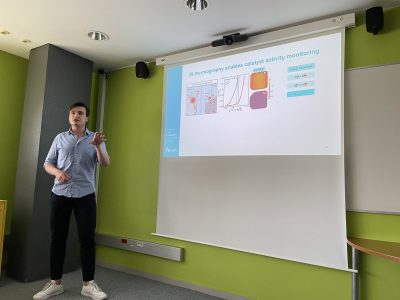

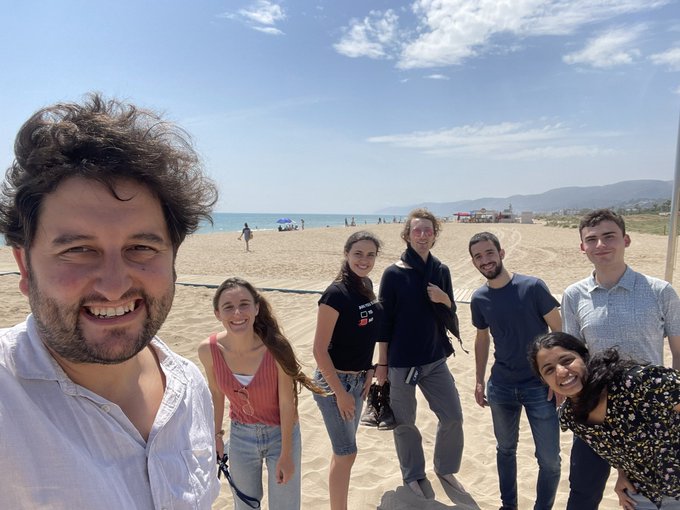
Join Us !
Academia: Want to Do Research With Us?
Industry: Become a Collaborator!
We are always looking for talented students and post-doctoral fellows. If you are interested in joining submit a CV to Professor Arquer.
Our research has direct industrial applications for green technology. We are always open to industrial collaborations.
CONTACT US: PELAYO.GARCIADEARQUER@ICFO.EU
